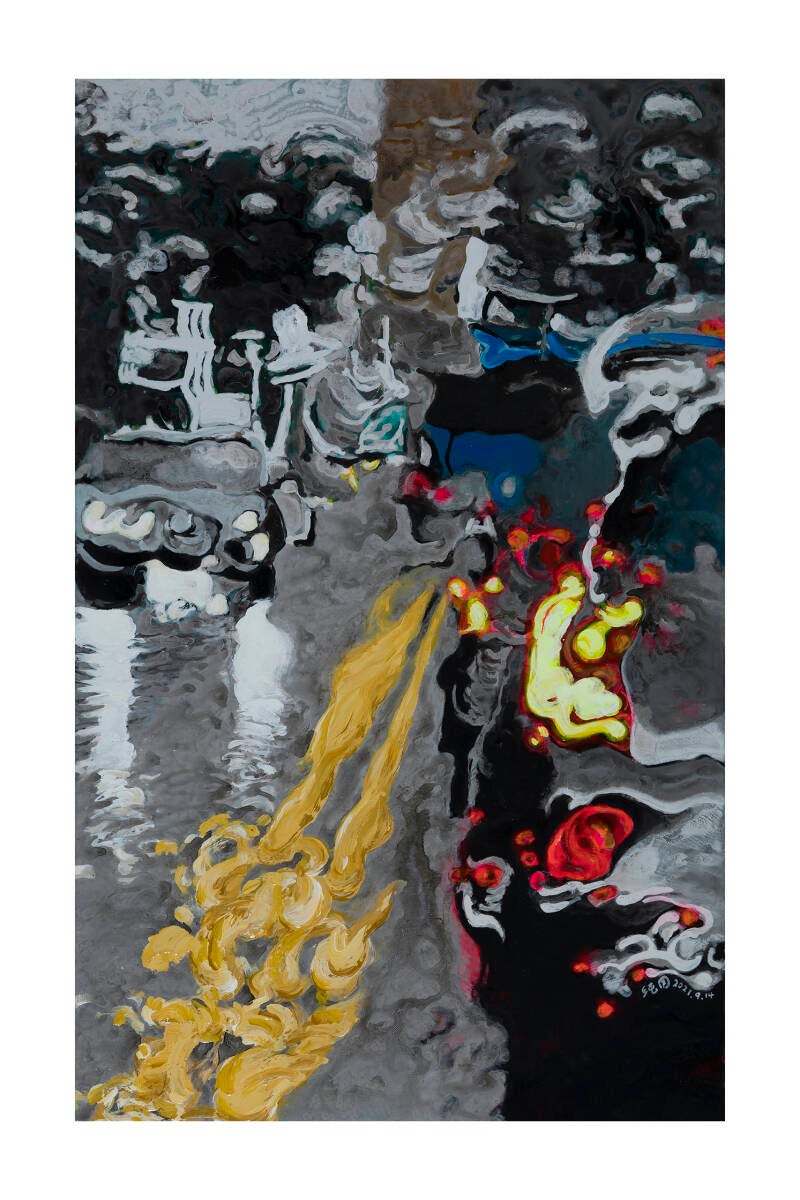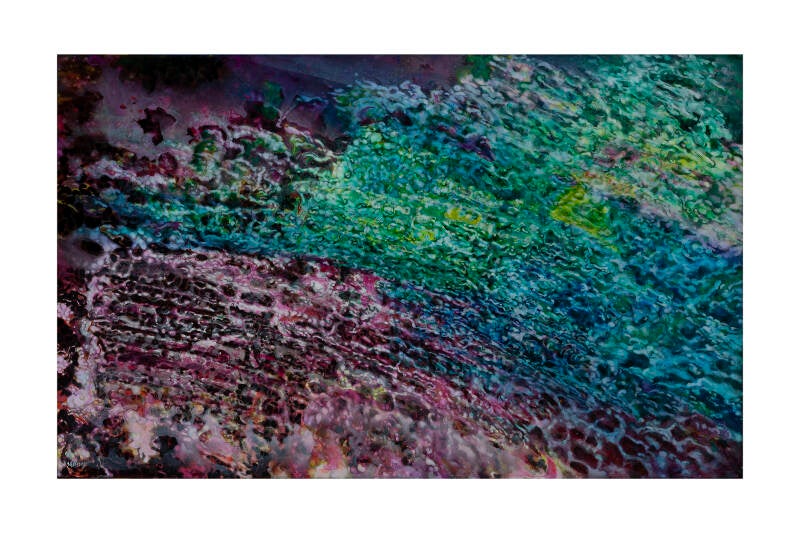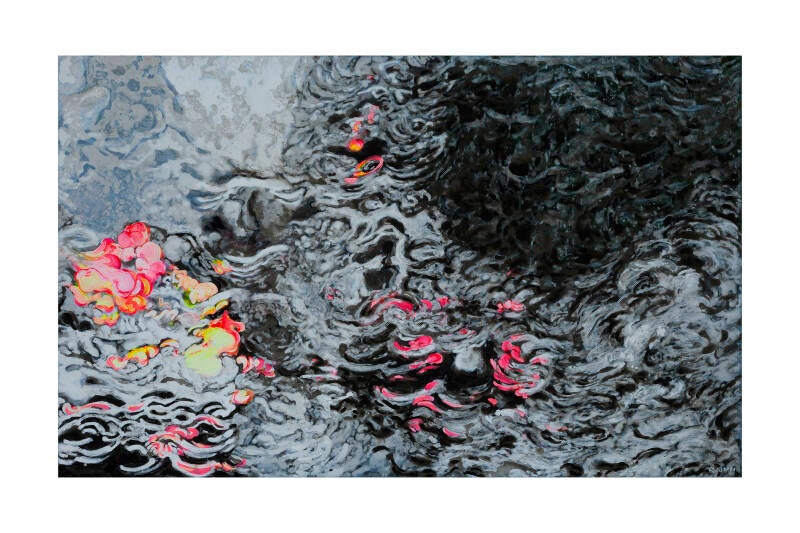LIN Chun-Yung
Artist / Curator / Ecological Activist
Born in 1967 in Kaohsiung, Taiwan
Lin Chun-Yung is one of the most distinctive voices in contemporary Taiwanese art. His practice spans installation, oil painting, printmaking, and socially engaged art, focusing on ecological issues, environmental justice, and cultural memory. Blending artistic creation with fieldwork and critical reflection, Lin is known for his ability to reconstruct dialogues between humans and the land, nature and civilization—often through the use of local materials and participatory engagement.
Since 2014, Lin has gained recognition for his Austronesian Cultural Archaeology Project. Operating under the fictional "Little Chun’s Modern Archaeology Team," he has staged a series of pseudo-archaeological excavations, site reconstructions, and artifact reproductions. These works, including the acclaimed "The Excavation Project of the Sinxianglan Coastal Ruins," critique Taiwan’s coastal overdevelopment and cultural amnesia. This piece earned him First Prize at the 2014 Austronesian International Arts Award and has since been collected by the Taitung Art Museum.
Lin’s work emphasizes site-specific engagement. He often undertakes residencies and immersive fieldwork to connect deeply with local communities and environments. At the Meinong Hakka Cultural Museum, he created Ripple, a large-scale environmental installation using rice straw and bamboo to depict water buffalo and egrets in peaceful coexistence. The piece evoked the visual memory of Taiwan’s rural landscapes and invited public participation, aiming to rekindle a dialogue between people and the land.
In 2015, a mass stranding of sperm whales off the coast of Taiwan profoundly impacted Lin. This tragedy inspired "The Stranding and Death of Kunshen", a powerful large-scale woodcut installation. He also produced related works such as "Taiwan Topographic Map of Rouzong Cape" and "Qigu Rouzong Cape", made from marine debris. These installations critically examined the ecological impact of manmade structures like wave-dissipating blocks and highlighted the strained relationship between humans and their environment.
Lin’s artistic language is poetic yet grounded in reality, marked by deep social consciousness and rigorous practice. His work navigates the intersections of landscape, memory, and critique, serving as a compelling reminder: in an era of accelerating environmental change, we must not only witness the ecological crisis but also respond to the land and sea that sustain us.









